Is it time to re-evaluate Portuguese wines? One can find many rarities in Portugal that can be proudly served at the best tables. Some of the best wines from Portugal combined with some of the best Stockholm has to offer of gastronomy was recently on “the menu” at Frantzén in the Old Town. BKWine’s Anette Zellen Soderstrom had the difficult task to try it in this second article about the wines of Portugal.
In Old Town’s narrow alleys crowded pubs, restaurants and wine bars stand shoulder to shoulder. None of these can quite measure up to Frantzéns for quality, innovation and pleasure. Now, of course I do not run on every single joint in Old Town, but I have been to some and the Michelin guide is not known for being mistaken either?
A snowy and cold evening journalists, restaurant people and wine buyers gathered to get more information about the Portuguese wine industry. We are treated to some real rarities, and also some wines that one can actually find in the market.
To get a good insight into the Portuguese wine history and the present we listen to Joao Pires, the Iberian peninsula’s only “master sommelier”. He works at Dinner at Heston Blumenthal’s. Joao tells us that much has happened in Portugal in recent years. The traditional wines with their lack of fruit has instead turned into elegant, fruity wines, and that tonight we will taste a wide variety of what Portugal has to offer.
I suspect he had pulled in some extra threads to get all of tonight’s wines to us and to Frantzén.
As a little welcome drink we try Espumante Aliança 2007, made from chardonnay and baga. The nose is lovely but it has quite a hard mousse and a short aftertaste, very dry.
To our macaron with foie gras it went fairly well, but the Niepoort Tiara 2012 is perfect. Joao says that the wine contains 15 different grapes. The winemaker Dirk Niepoort is not quite sure what all the grapes are, but malvasia it is not! Lots of flavous with mineral notes and apple in the after-taste.
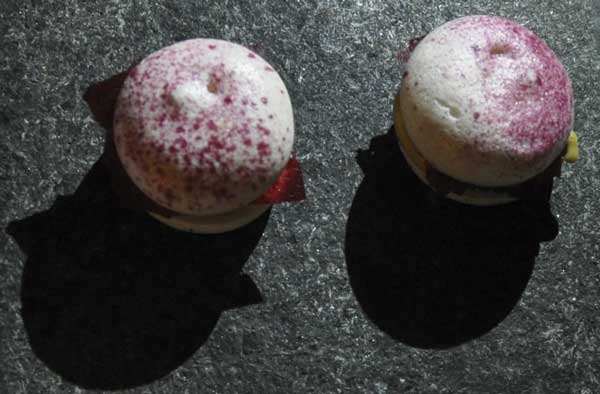
The next wine on the tour is Anselmo Mendes Parcela Unica 2009: something oaky, buttery aroma with plenty of fruit and good mineral notes. This wine works for many of the dishes, but really good with the grilled vegetables.
Then it was time for the reds to raise their voice. Two magnum bottles (of only a handful that remain “alive”) we had. Must admit it looked a little bit cumbersome to pour, but very impressive, full-bodied and concentrated for us who get the dark red liquid in the glass.
Joao P Ramos Marques de Borba Reserva 2000: the wine is powerful and concentrated with black currant and spice. To this we are served fish: skrei (a type of cod), caramelized onions and fish scales. Exciting combination, although I preferred Parcela Unica to this dish.
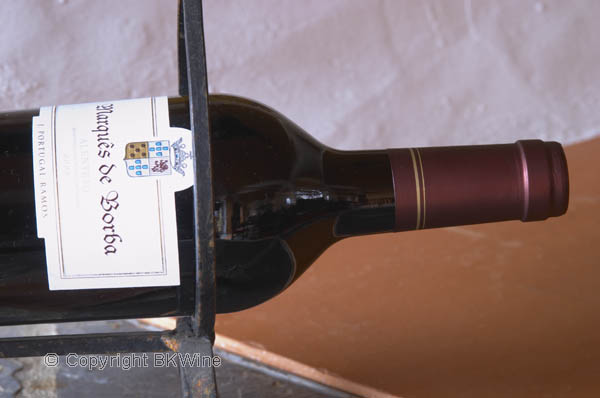
Quinta do Crasto Maria Teresa 2003 is the next wine to try. The founder, Constantino de Almeida’s first grandchild was named Maria Teresa, which also became the name of this wine from the Douro Valley. The 100 year old vines are a mixture of not less than 45 different grapes from a single vineyard. All different vines grow side by side and the grapes traditionally treaded by foot. Ageing is in both American and French barrels. This wine is said to be one of Portugal’s best wines and the combination with the next dish, French pigeon, is also the most successful of all. The wine is full-bodied, concentrated with a distinct cherry tone and liquorice in the finish. Simply very good.
We finish of course with a fortified wine, José Maria Da Fonseca Bastardinho the Azeitao 30 anos, the oldest Moscatel maker in Portugal. The grape bastardo is originally from the Jura in France but there it is called trousseau. It has a powerful, rich and nutty flavour, and the combination with the chocolate truffle was amazing.
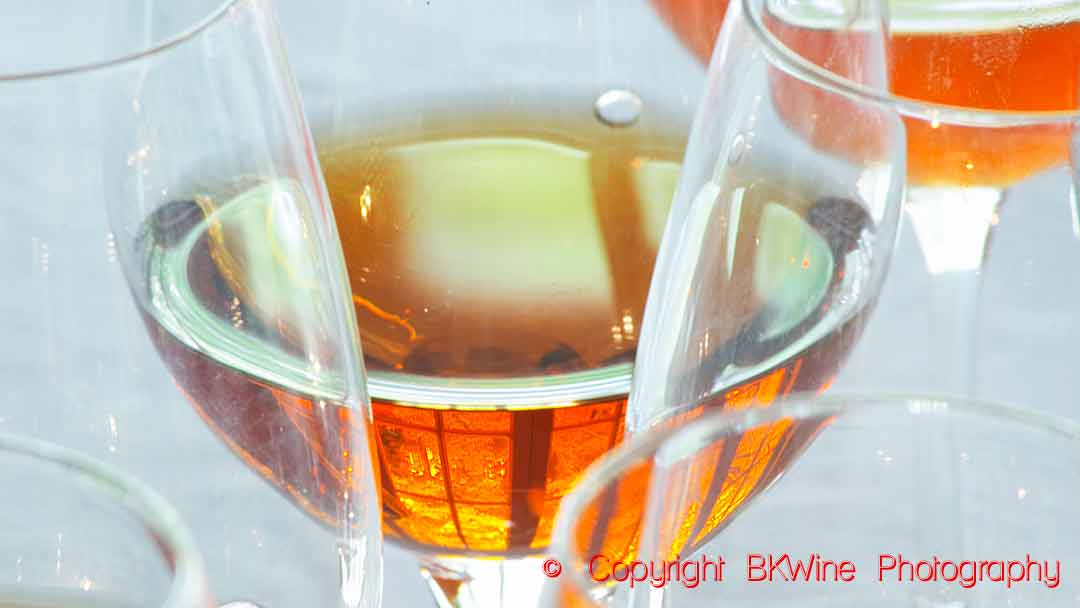
Tonight the food was awesome, the wine delicious and the company entertaining and I got me a lot of tips about other Portuguese wines, especially port wine, which I must not miss.
For instance: Fonseca, Graham and especially Taylor. The latter was purchased the day after, and was tested the following evening and I can highly recommend it today!
If you want to read more about Portugal as a wine country I can heartily recommend my colleague’s article What makes Portugal different from other wine countries?
This is the second of two article on Portuguese wines. The first, New discoveries in the Portuguese vineyards, was published a few days ago.
Anette Zellén Soderstrom writes on BKWine Magazine mostly about wine and wine tastings in Stockholm. She is an avid wine taster with a long tasting experience and is currently studying to become a sommelier.
[box type=”info” style=”rounded” border=”full”]
Portugal is indeed an exciting wine country where there is plenty to discover. One quickly realises this – lovely wines, its very own gastronomy and beautiful scenery – on a wine tour to e.g. the Douro Valley with BKWine. Next Douro wine tour will be on October 22 to 26.
Travel to Portugal and to the whole world’s wine regions with experts on wine and specialist on wine tours.
[/box]



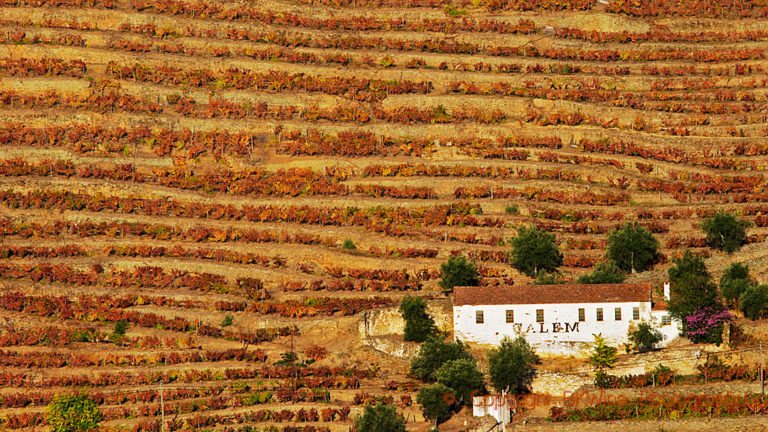
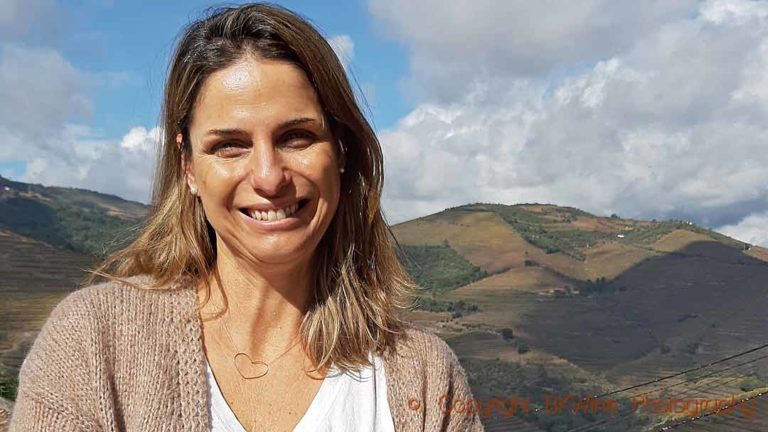






2 Responses